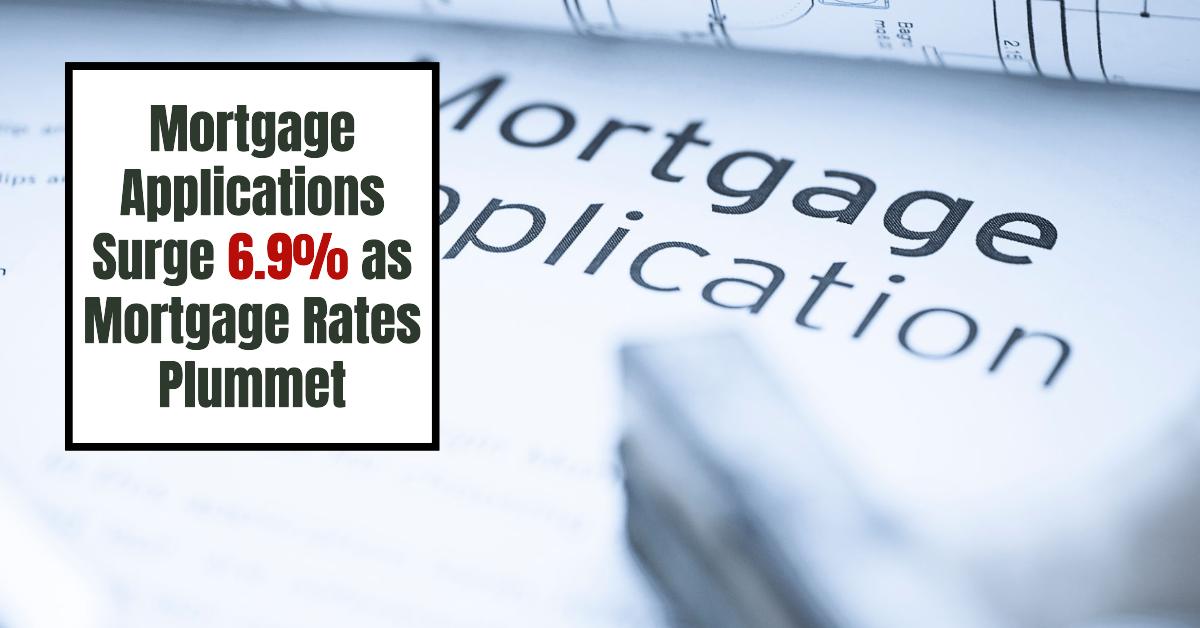The current state of mortgage rates has been a topic of interest for many potential homebuyers, especially with the recent decrease in the average 30-year fixed-rate mortgage to 6.47%. This drop from the peak of 7.79% in October 2023 has sparked discussions about the possibility of rates reaching the low 6% or even 5% range. However, the idea of rates returning to the historic lows of 2% or 3% seems unlikely in the near future. Let’s delve into the dynamics influencing these mortgage rates, their recent trends, and what it means for individuals looking to purchase a home.
Current Trends in Mortgage Rates
The fluctuations in mortgage rates have been significant, with the average 30-year fixed mortgage standing at 6.47% as of August 8, 2024, according to Freddie Mac’s data. While this decrease is a positive sign for potential buyers, it is still far above the pandemic-era lows of 2% or 3%. The high of 7.79% in October 2023 highlighted the tightening market conditions, making discussions about rates in the 2% and 3% range seem unrealistic for the foreseeable future.
Why Rates Are Not Returning to Pandemic Lows
Several factors contribute to the current mortgage rate landscape:
1. Economic Conditions: Mortgage rates are heavily influenced by changes in the Federal Reserve’s monetary policy, economic growth, and inflation.
2. Federal Reserve Strategy: While the Federal Reserve is expected to lower interest rates, it is unlikely to bring mortgage rates down to the 2% or 3% range.
3. Market Demand: Lower rates typically stimulate homebuying demand, potentially leading to increased home prices. Current homeowners may be hesitant to sell their properties due to locking in lower rates, further limiting inventory.
Comparative Costs of Home Ownership
To illustrate the impact of these rates, let’s consider a hypothetical scenario for purchasing a $400,000 home. If you bought a house four years ago with a mortgage rate of 2.88%, your monthly payment would have been around $1,650. With the current average rate of 6.47%, the same mortgage would cost approximately $2,515 per month. This significant increase in monthly payments highlights how higher rates affect affordability.
Understanding Lock-In Effects
The lock-in effect plays a crucial role in today’s housing market, as homeowners with low-rate mortgages are less likely to sell their homes. This phenomenon could further limit inventory, making it challenging for new buyers to enter the market.
Market Predictions and Recommendations
Observers suggest that mortgage rates will continue to decrease gradually, potentially reaching the low 6% range as the Federal Reserve implements its cuts. Prospective homebuyers are advised to hold out if possible and carefully assess their budgets to determine how much they can afford in the current rate environment.
In summary, while the current 30-year fixed-rate mortgage of 6.47% shows promise for potential homebuyers, expectations should be tempered regarding a return to 2% and 3% rates in the near future. It is essential to stay informed on Federal Reserve trends and the economy to make informed decisions about home financing. For personalized advice, individuals are encouraged to contact their mortgage provider or financial advisor. By staying informed and proactive, individuals can navigate the evolving mortgage rate landscape effectively.




